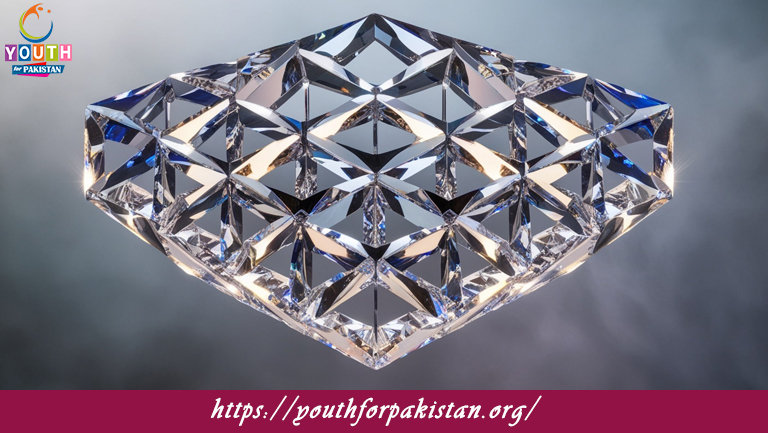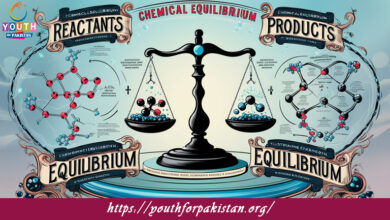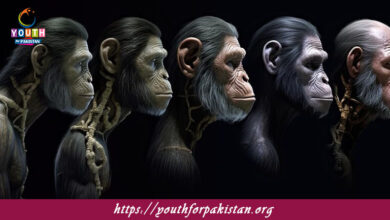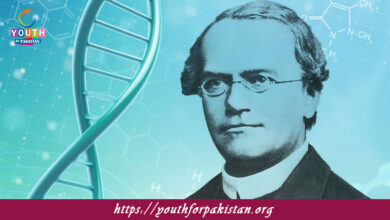Crystal Lattice MDCAT MCQs with Answers

Welcome to the Crystal Lattice MDCAT MCQs with Answers. In this post, we have shared Crystal Lattice Multiple Choice Questions and Answers for PMC MDCAT 2024. Each question in MDCAT Chemistry offers a chance to enhance your knowledge regarding Crystal Lattice MCQs in this MDCAT Online Test.
A crystal lattice is defined as:
a) A regular repeating pattern of atoms, ions, or molecules
b) An irregular arrangement of atoms
c) A random distribution of particles
d) A disordered solid structure
The smallest repeating unit in a crystal lattice is known as:
a) Unit cell
b) Crystal plane
c) Lattice point
d) Molecule
Which of the following is a type of crystal lattice structure?
a) Body-centered cubic
b) Face-centered cubic
c) Simple cubic
d) All of the above
In a face-centered cubic lattice, atoms are located at:
a) Corners and face centers
b) Corners only
c) Edge centers and face centers
d) Face centers only
The number of atoms per unit cell in a body-centered cubic lattice is:
a) 1
b) 2
c) 4
d) 8
The number of atoms per unit cell in a face-centered cubic lattice is:
a) 1
b) 2
c) 4
d) 8
The crystal system characterized by three axes of unequal length intersecting at right angles is known as:
a) Cubic
b) Orthorhombic
c) Tetragonal
d) Hexagonal
In a tetragonal crystal system, the lengths of the axes are:
a) All equal
b) Two axes are equal, one is different
c) All axes are different
d) Three axes are equal
The number of lattice points per unit cell in a simple cubic lattice is:
a) 1
b) 2
c) 4
d) 8
Which of the following crystal systems has axes of equal length and intersect at 90° angles?
a) Cubic
b) Hexagonal
c) Monoclinic
d) Triclinic
The angle between the axes in a hexagonal crystal system is:
a) 90°
b) 120°
c) 60°
d) 45°
The crystal lattice that features a unit cell with all three axes of different lengths and none intersecting at 90° is known as:
a) Triclinic
b) Monoclinic
c) Orthorhombic
d) Cubic
In a crystal lattice, atoms at the corner of a unit cell contribute how much of an atom to the unit cell?
a) 1/8
b) 1/4
c) 1/2
d) 1
The number of atoms per unit cell in a simple cubic lattice is:
a) 1
b) 2
c) 4
d) 8
In which crystal system are the three axes of unequal length and intersect at oblique angles?
a) Monoclinic
b) Triclinic
c) Orthorhombic
d) Tetragonal
The number of atoms per unit cell in a body-centered cubic lattice is calculated by:
a) 1 + 1/8 x 8
b) 1 + 1/2 x 6
c) 1 + 1/4 x 6
d) 1 + 1/2 x 8
In a face-centered cubic lattice, each atom at the face center contributes how much of an atom to the unit cell?
a) 1/2
b) 1/4
c) 1
d) 1/8
The crystal lattice with axes of equal length and intersecting at 90° angles is:
a) Cubic
b) Monoclinic
c) Orthorhombic
d) Triclinic
The hexagonal crystal system features how many axes?
a) Three
b) Four
c) Five
d) Six
In a body-centered cubic lattice, the atoms are located at:
a) Corners only
b) Corners and center
c) Edge centers only
d) Face centers only
The crystal lattice system where all axes are of unequal lengths and intersect at unequal angles is known as:
a) Orthorhombic
b) Triclinic
c) Monoclinic
d) Tetragonal
In a cubic crystal system, the unit cell has:
a) Three axes of equal length
b) Three axes of different lengths
c) Two axes of equal length
d) Four axes of equal length
Which crystal lattice system is characterized by one axis that is different in length from the other two, which are equal?
a) Hexagonal
b) Tetragonal
c) Orthorhombic
d) Triclinic
The crystal system with all axes of equal length and intersecting at 90° angles is:
a) Cubic
b) Orthorhombic
c) Monoclinic
d) Triclinic
In a face-centered cubic lattice, the atoms at the edge centers contribute how much of an atom to the unit cell?
a) 1/4
b) 1/8
c) 1/2
d) 1
The crystal system characterized by three mutually perpendicular axes of different lengths is:
a) Orthorhombic
b) Monoclinic
c) Triclinic
d) Tetragonal
In a hexagonal crystal lattice, the angle between the two axes that are of equal length is:
a) 120°
b) 90°
c) 60°
d) 45°
The crystal lattice structure in which atoms are located at the corners and in the center of the unit cell is:
a) Simple cubic
b) Body-centered cubic
c) Face-centered cubic
d) Hexagonal
In a body-centered cubic lattice, how many atoms are shared among the eight unit cells that surround the central atom?
a) 1
b) 1/8
c) 1/2
d) 2
Which of the following is NOT a characteristic of a cubic crystal system?
a) All axes are equal
b) All angles are 90°
c) Axes are unequal in length
d) Axes intersect at 90°
In which crystal system do all three axes intersect at different angles and lengths?
a) Monoclinic
b) Triclinic
c) Hexagonal
d) Orthorhombic
For a simple cubic lattice, the contribution of an atom at each corner to the unit cell is:
a) 1/8
b) 1/4
c) 1/2
d) 1
The unit cell of a face-centered cubic lattice includes atoms at:
a) Corners and face centers
b) Corners and edge centers
c) Face centers only
d) Center of the unit cell only
In the hexagonal crystal system, how many axes are there?
a) Three
b) Four
c) Two
d) Five
In a monoclinic crystal system, the angles between the axes are:
a) 90°, 90°, and unequal
b) 90°, 90°, and 120°
c) 120°, 120°, and 90°
d) 90°, 90°, and 90°
The crystal lattice structure characterized by two axes of equal length intersecting at 90° and a third axis of different length is:
a) Orthorhombic
b) Tetragonal
c) Cubic
d) Monoclinic
In a face-centered cubic lattice, each atom on a face center is shared by how many unit cells?
a) 2
b) 4
c) 8
d) 1
The crystal lattice with all axes unequal and none intersecting at 90° is:
a) Triclinic
b) Orthorhombic
c) Monoclinic
d) Cubic
In a simple cubic lattice, the contribution of an atom located at a corner of the unit cell is:
a) 1/8
b) 1/4
c) 1/2
d) 1
Which of the following lattice types has atoms located only at the corners of the unit cell?
a) Body-centered cubic
b) Face-centered cubic
c) Simple cubic
d) Hexagonal
If you are interested to enhance your knowledge regarding Physics, Chemistry, Computer, and Biology please click on the link of each category, you will be redirected to dedicated website for each category.





